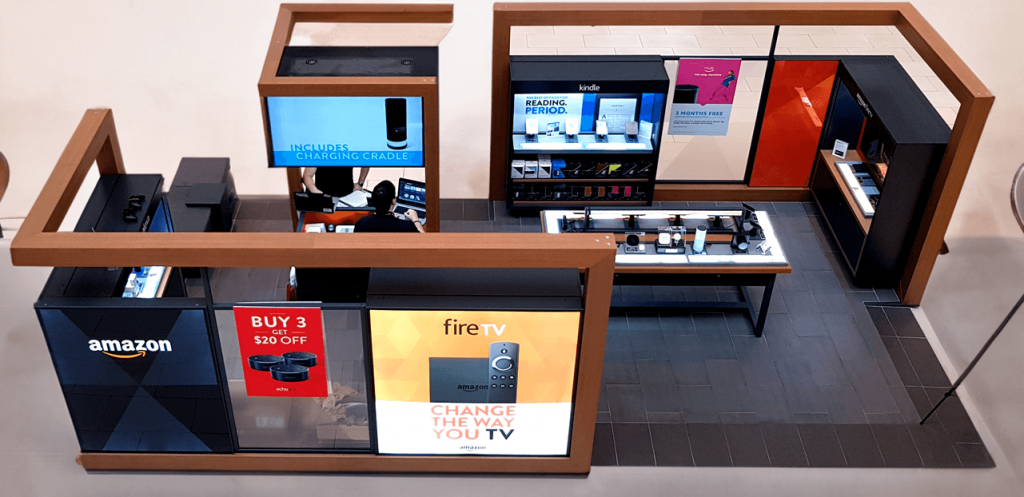The grocery industry is undergoing a seismic shift, propelled by digital transformation and innovative advertising strategies. Instacart, a leader in this domain, has been pivotal in redefining how grocers connect with their customers. By leveraging retail media networks, the company is not just enhancing consumer experiences but also offering grocers a lucrative revenue stream.
Grocery Advertising Reimagined
The traditional grocery shelf is no longer just a physical space—it’s a launchpad for discovery, thanks to platforms like Instacart. These digital marketplaces have become critical for advertisers aiming to capture consumer attention right at the point of purchase. This shift from physical aisle to digital showcase represents a significant leap forward for grocery advertising.
Instacart’s Ad Network: A Case Study in Innovation
Instacart’s ad network has emerged as a compelling tool for advertisers. It allows businesses to meet their objectives, whether it’s finding new customers, increasing basket sizes, or boosting sales. The platform’s diverse ad formats have historically been rooted in its marketplace, but recent years have seen a strategic pivot.
By partnering with retailers to create their own media channels—carrot ads—Instacart is fostering a new era of retail media networks. This innovation grants retailers greater control and the potential for increased profitability by attracting premium advertisers.
Leveling the Playing Field
One might assume that such networks would only benefit the retail giants. However, Instacart’s model democratizes access, enabling even smaller grocers to compete. The network encompasses 5,500 brands, offering cross-sell and upsell opportunities that were previously unattainable for many retailers.
Quantifying Success in Real-Time
The beauty of digital retail media networks lies in their measurability. Unlike traditional print advertising, digital campaigns offer real-time insights, allowing retailers to quickly gauge the effectiveness of their advertising spend. This level of transparency is invaluable in justifying marketing investments to stakeholders.
The Future of Grocery Advertising
Looking ahead, the grocery sector stands out not just for its longevity but for its frequency of customer engagement. Where other industries may interact with customers a few times a year, grocers can engage multiple times weekly. This frequency unlocks a wealth of data, enabling retailers to tailor offerings and monetize their platforms more effectively.
Conclusion
As we advance, retail media networks will likely become a staple in the advertiser’s toolkit, particularly within the grocery industry. Their ability to connect with customers, offer personalized experiences, and provide a new revenue stream for retailers is unparalleled. With companies like Instacart leading the charge, the future of grocery advertising is ripe with opportunity.



